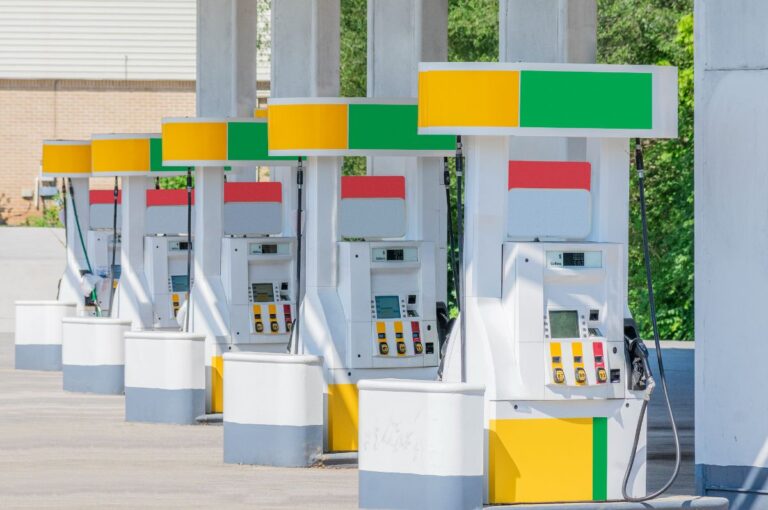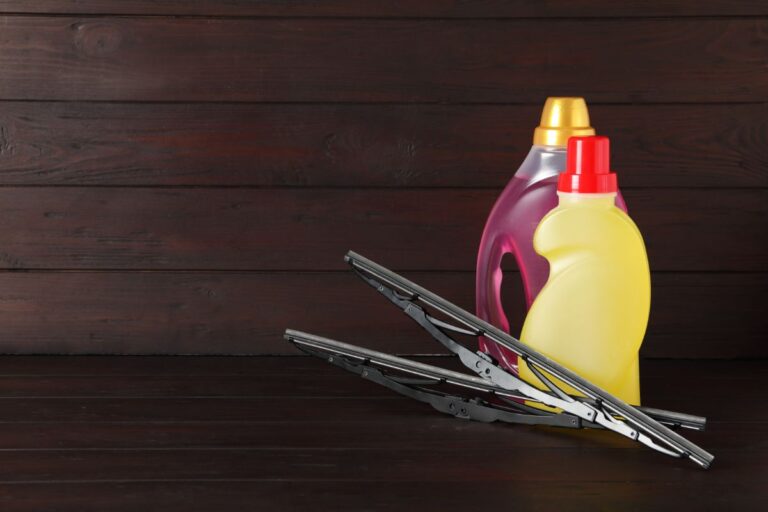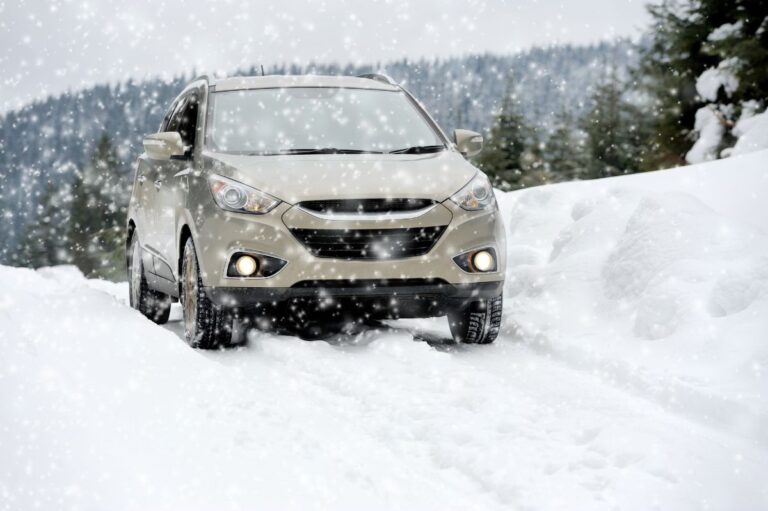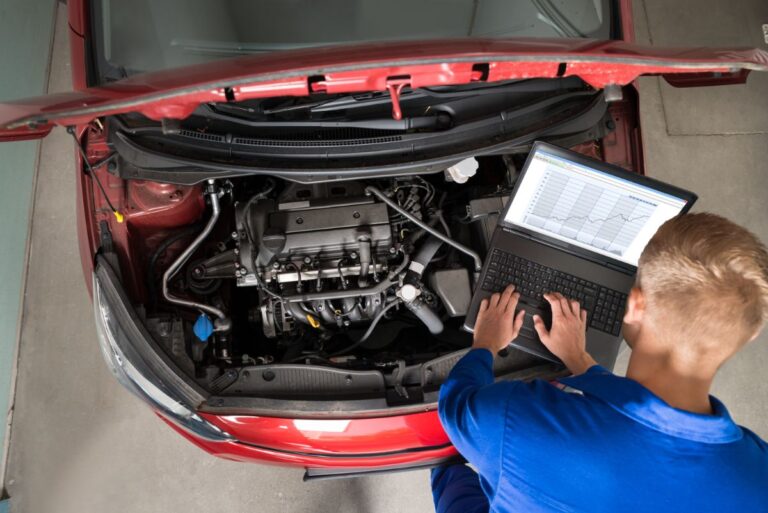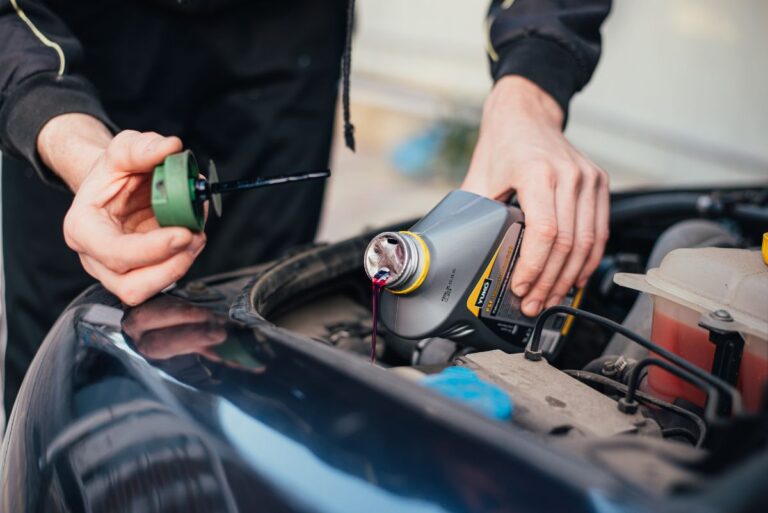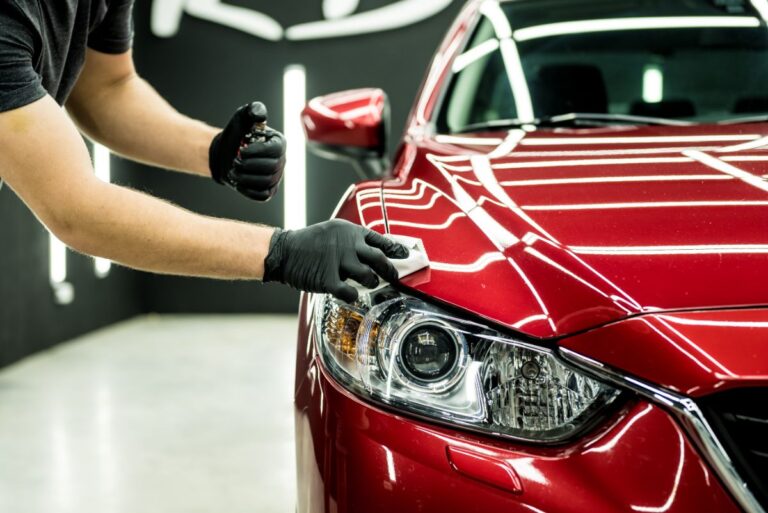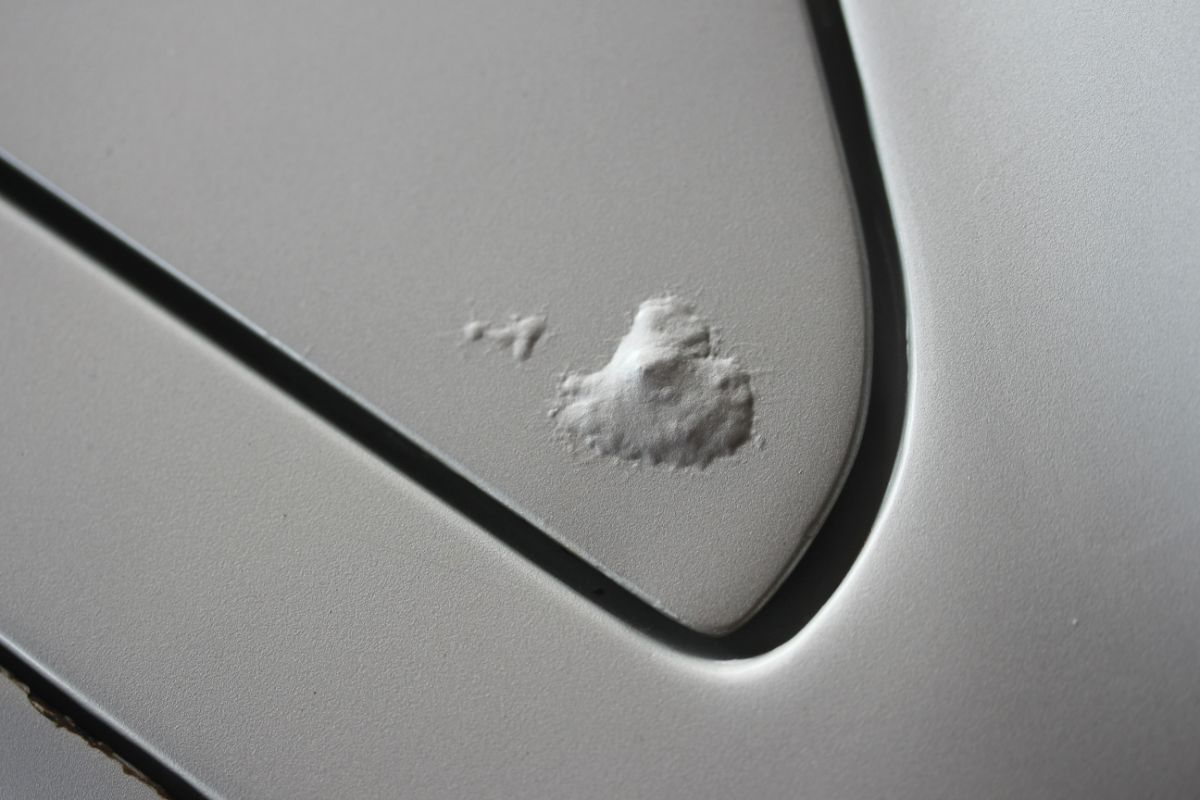
If you are like me, and you want to keep your car looking its shiny showroom best, then you need to watch out for everyday things that can blemish your car’s paint job. From the sun to bird droppings, there are many innocent daily things that can leave you with a cracked, faded, and bubbling car paint job. As a car owner, you must know what eats paint off a car. This will help you keep the car looking new, which will also boost its resale value should you decide to sell it at some point.
What Causes Car Paint to Bubble?
Discovering bubbles in your car paint can be annoying. There are several causes of car paint bubbling. It may occur due to how the painting process was handled, or it can be part of wear and tear. Car paint bubbling is actually one of the most common complaints leveled at car paint suppliers. It’s also one of the toughest problems to explain to the repairers.
Car paint bubbling is also known as blistering. The bubbles are generally pockets of fluid that gather between the layers of dried paint. They can expand and, over time, end up breaking. Once they break, they leave holes, marks, and a damaged paint surface. Depending on the cause, bubbling can occur shortly after a new paint job or even in the long term. There are different kinds of car paint bubbles, and each has different causes.
Tiny Bubbles
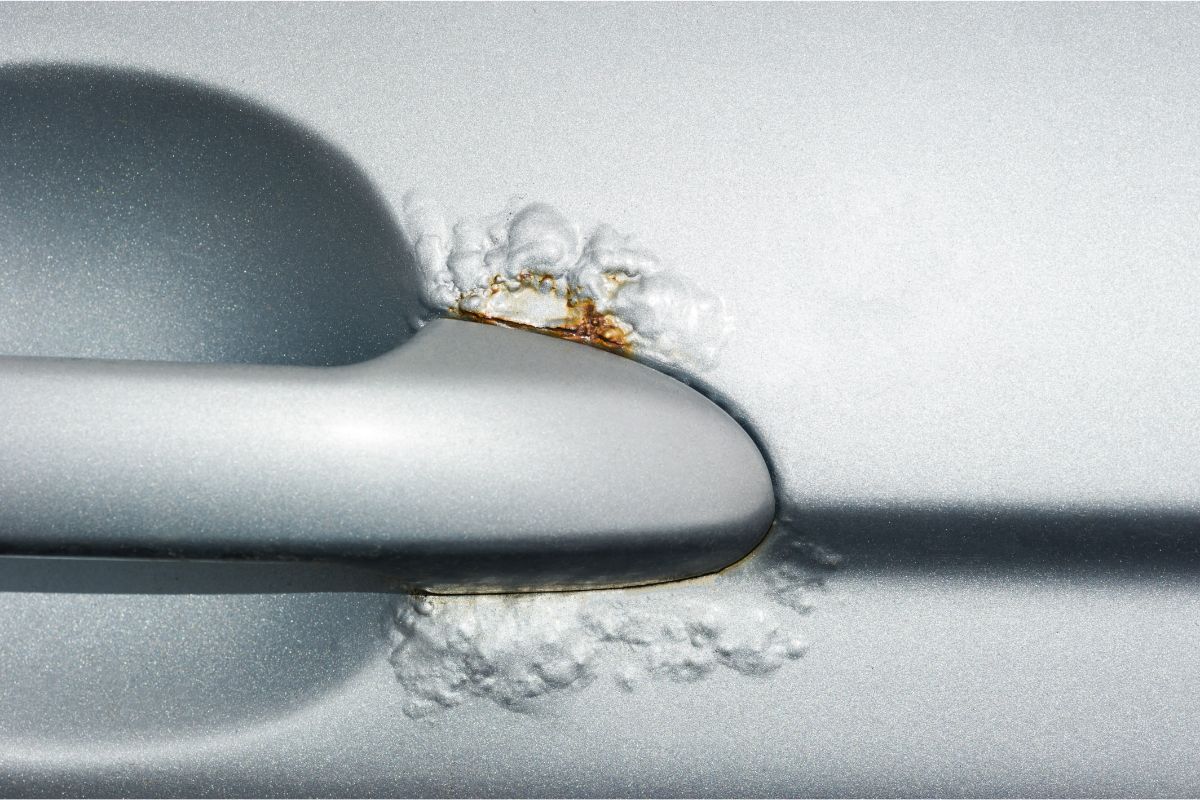
These are small bubbles that are uniform across the panel. Tiny bubbles occur due to the presence of moisture during a paint job. For instance, if you paint a car in an environment with excessive humidity, bubbles can form shortly after the paint dries. Here are other causes of car paint bubbling that are related to how the car was painted:
- Application of paint in hot, humid conditions.
- If paint takes too long to dry, moisture and debris can get trapped in the process.
- Utilizing low-quality paint thinner.
- Not giving the undercoat enough time to dry before applying a topcoat.
It’s important to ensure that you don’t apply paint under adverse conditions. Also, it’s important to avoid taking too long after removing paint from the panel before you apply a new coat. Leaving the stainless steel bare for too long can cause debris and moisture to gather on the surface. If you apply paint after this happens, chances are you will end up with bubbles. Unfortunately, the only way to repair bubbles caused by humidity during painting is to refinish the panel.
Solvent Pop
This is a condition that occurs due to the application of too much paint too fast. Applying too much paint too soon traps moisture and solvents. However, solvent pop doesn’t look much like car paint bubbles. Instead, you get tiny pinholes on the car’s surface.
Vehicle Paint Delamination

Unlike the above categories of car paint bubbles, paint delamination is more of a wear and tear process. This is usually seen in older cars, where the paint starts to break down, mainly because of exposure to the sun. As the top layers break down, it starts losing the ability to protect the base color. Delamination starts with smaller bubbles that, over time, the paint starts peeling at the end. Corrosion can also cause paint bubbling due to adhesion issues. Paint delamination can only be solved by stripping the paint off and getting your car refinished.
Why Does Car Paint Fade?
I have to say; there are few things more attractive than a freshly polished shiny paint job on a car. That deep look will almost make you feel like pushing your hand through the paint. While there are lots of products that can help you keep your car paint in pristine condition, the truth is – fading vehicle paint is something that we all have to deal with at some point.
So what causes perfectly beautiful car paint to fade? Well, the most common cause of fading car paint is excessive exposure to UV rays. However, that’s not the only cause. Here is an in-depth look at the causes of fading car paint:
Exposure to Sunlight

Exposing your car to ultraviolet rays can cause car paint oxidation. This is a process that occurs when oxygen and heat come together to damage your car’s paint. Over time, this reaction starts causing your car’s paint coats to dissipate, which enables oxygen to penetrate the paint further. As the metal underneath your vehicle’s paint keeps absorbing heat, this process keeps going on and on, and eventually, your paint starts fading.
Fading Car Paint Due to Salt
When salt remains in contact with your car’s paint for extended periods, it can damage the paint and cause it to fade. Salt is corrosive by nature. When it’s exposed to the sun’s rays, its crystals are heated, and they start eating away at the paint. This causes rust to foam, and the vehicle’s color starts fading away.
Related: Does Rain Damage Car Paint?
Air Pollution
Did you know that exhaust fumes from your car can damage your car’s paint? This just shows you how dangerous air pollution can be. Unburnt fuel from your car’s exhaust system contains carbon particulates that the to be jagged and hard. These bind to your car’s clear coat, and they expose the paint underneath in the process. Apart from that, they also contribute to the oxidation that causes fading vehicle paint.
How to Fix Car Paint Fading
There are several ways to restore faded car paint. If the fading is not excessive, buffing can help you restore the appearance and shine of your paint. However, if there is major fading, you will need to take your car for professional paint restoration.
Buffing can make car paint look vibrant and shiny. This is something that you can do alone at home. The best way to do it is with an electric bugger, automotive clay lubricant, and buffing compound. This will leave your paint looking shiny, with a deeper color. If the fading is severe, buffing won’t make much of a difference. The only way to get your paint back would be to go for professional restoration. Lots of certified collision auto body shops offer this service.
Car Paint Cracks
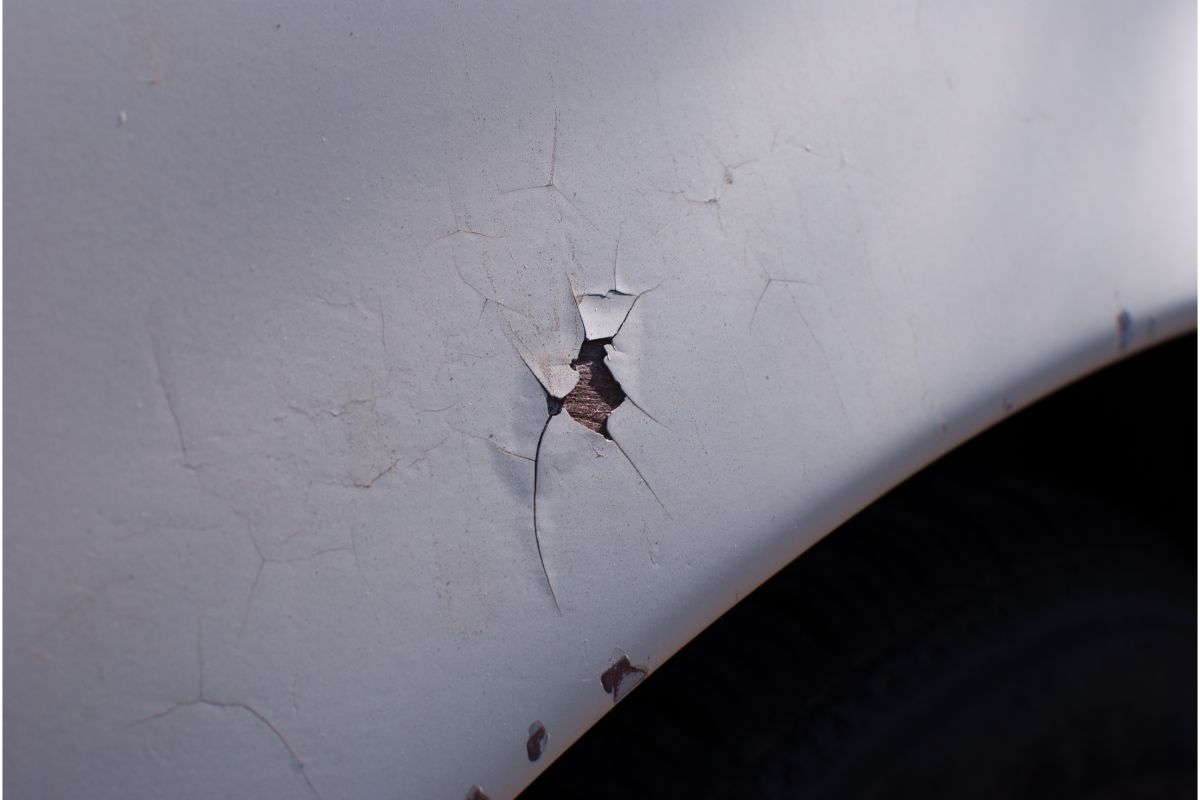
There are several factors that cause car paint cracking. Most of the causes of car paint cracking are to do with how the car was painted. Some of the reasons are owner caused, and there are others that are somewhat unpreventable. Here are the most common causes of car paint cracking:
Excess Or Improper Use Of Car Paint Hardener
The purpose of a paint hardener is to reduce the paint’s curing period. However, for the best results, the paint and hardener should be mixed in specific ratios. Too much hardener causes the color to dry excessively, which results in cracks. It’s also important to note that there are some parts that don’t require a hardener.
Wear and Tear
Over the course of its life, car paint takes a lot of beatings, and that can cause it to crack. For instance, long periods in the sun, acid rain, bird droppings, and other factors can cause cracks in your vehicle’s paint. Fortunately, there are things you can do to keep your paint for long. For instance, you should avoid parking your vehicle in the sun, cold, or humid areas for too long. You should also drive carefully to avoid scratches that may expand into cracks.
Unevenly Mixed Paint
Some car paints require you to add a thinner before you use them. Using too much or too little thinner can cause the paint to become brittle. If this happens, and you use the paint on your car, it will crack even after short exposure to the sun. You can also end up with such problems if you use thinners on paint that doesn’t require it. This is why it’s encouraged to go through user instructions carefully when using thinner and paint.
Exposure To The Sun, Low Temperatures, And Moisture
Paint can become brittle due to continuous exposure to high or cold temperatures. Fortunately, this doesn’t mean that you should never leave your car in the sun. It doesn’t take one or two hours of sun to damage your vehicle’s paint. The majority of vehicle paints come with UV protective solutions mixed into them. Your car will only be damaged after repeated prolonged exposure to the sun. Ice can cause cracks in your car through two mechanisms. Snow and ice contain salts that lead to vehicle cracking. On the other hand, the mechanical action of raining ice can cause chips and cracks in the paint.
Related: Does Snow Damage Car Paint?
How To Repair Car Paint Cracks
One of the easiest and most effective ways to repair car paint cracks is to repaint the entire vehicle. A full respray will do away with all the cracks. However, for the best results, you need to leave such tasks to the professionals. If the cracks on your car’s paint are not too bad, you can resort to repairing only where the cracks can be seen. You can even use a paint pen to deal with minor cracks.
How to Maintain Your Car Paint?

If you want your car to retain its shine, you must take proper care of it. There are a few simple things you can do, including washing your car regularly. This is one of the best ways to protect your car’s paint job. You should also wax your car from time to time. Wax acts like a protective seal that guards against dust, dirt, water, pollution, and other harmful agents. It can also cover up minor blemishes, scratches, and small cracks.
It’s important to ensure that your car doesn’t stay in the sun for too long. UV rays from the sun are one of the most serious threats to your car’s paint job. Sunlight can cause car paint to fade and crack, making your vehicle look older than it actually is. Park your car in the shade whenever you can. This will increase the lifespan of its paint job.
Another way to preserve your car’s paint job is to use a synthetic coating on your vehicle. This acts as a paint sealant that bonds and permeates to the pores in your car’s paint. The synthetic coating is generally better than waxing. It lasts longer, and it’s quite easy to apply. If you want to go the extra mile to protect your car’s paint and prevent problems like cracking, fading, and bubbling, you can get advice from professional auto body shops. A professional will give you lots of tips, and they can also help repair your car’s paint to avoid further damage.
Related: Does Dish Soap Hurt Car Paint? | Will Vinegar Damage Car Paint?

